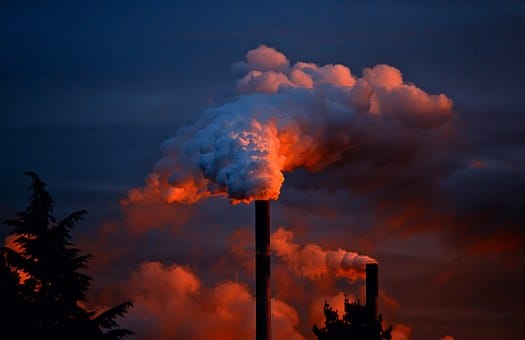U.S. EPA Establishes Emission Limits for Existing Coal and New Gas-Fired Power Plants

The U.S. Environmental Protection Agency has finalized carbon emission standards for existing coal-fired and new gas-fired power plants. Under the new rule, coal plants that intend to remain operational in the long term and new baseload gas-fired plants would have to control 90 percent of their emissions. The new rules are projected to reduce 1.38 billion metric tons of carbon emissions through 2047 and yield up to $370 billion in climate and public health net benefits.The power sector is the largest stationary source of greenhouse gases in the U.S., and accounted for 25 percent of overall emissions in 2022.
Under EPA’s final rule, coal plants that plan to operate beyond Jan. 1, 2039 will have an emission rate limit based on application of carbon capture technology with 90 percent capture that must be met by 2032. New baseload gas-fired plants – units generating at least 40 percent of their maximum annual capacity – will be subject to an initial standard based on efficient design and operation and a subsequent standard based on 90 percent capture of CO2 with a compliance deadline of Jan. 1, 2032.
Emission guidelines for the longest-running existing coal units and performance standards for new base load gas-fired units are based on the use of carbon capture and sequestration as an available and cost-effective control technology that can be deployed directly at power plants. The rules establish emission guidelines for states to follow in setting standards to limit carbon pollution from existing coal-, oil- and gas-fired steam generating units.
The Edison Electric Institute, which represents investor-owned utilities, expressed concerns about the reliance on carbon capture technology. “CCS is not yet ready for full-scale, economy-wide deployment, nor is there sufficient time to permit, finance, and build the CCS infrastructure needed for compliance by 2032,” according to the group.
The Electric Power Supply Association, which represents competitive suppliers, also noted that the rule “relies on unavailable technology and will stymie much needed investment in new, more efficient, and cleaner power resources as older units retire.”
The measure is part of four final rules that EPA issued to reduce pollution from fossil fuel-fired power plants. The other three rules are intended to strengthen Mercury and Air Toxics Standards for coal-fired power plants; reduce pollutants discharged through wastewater from coal-fired power plants; and require safe management of coal ash.
Environmental groups hailed EPA’s action, with the Sierra Club calling it a major win for the climate and public health.
With regard to existing gas-fired plants, EPA is taking a broader approach to regulate greenhouse gases from the entire fleet of existing combustion turbines. As part of a robust stakeholder outreach effort, the agency has issued framing questions and is seeking input through May 28, 2024.
EnerKnol Pulses like this one are powered by the EnerKnol Platform—the first comprehensive database for real-time energy policy tracking. Sign up for a free trial below for access to key regulatory data and deep industry insights across the energy spectrum.
ACCESS FREE TRIAL